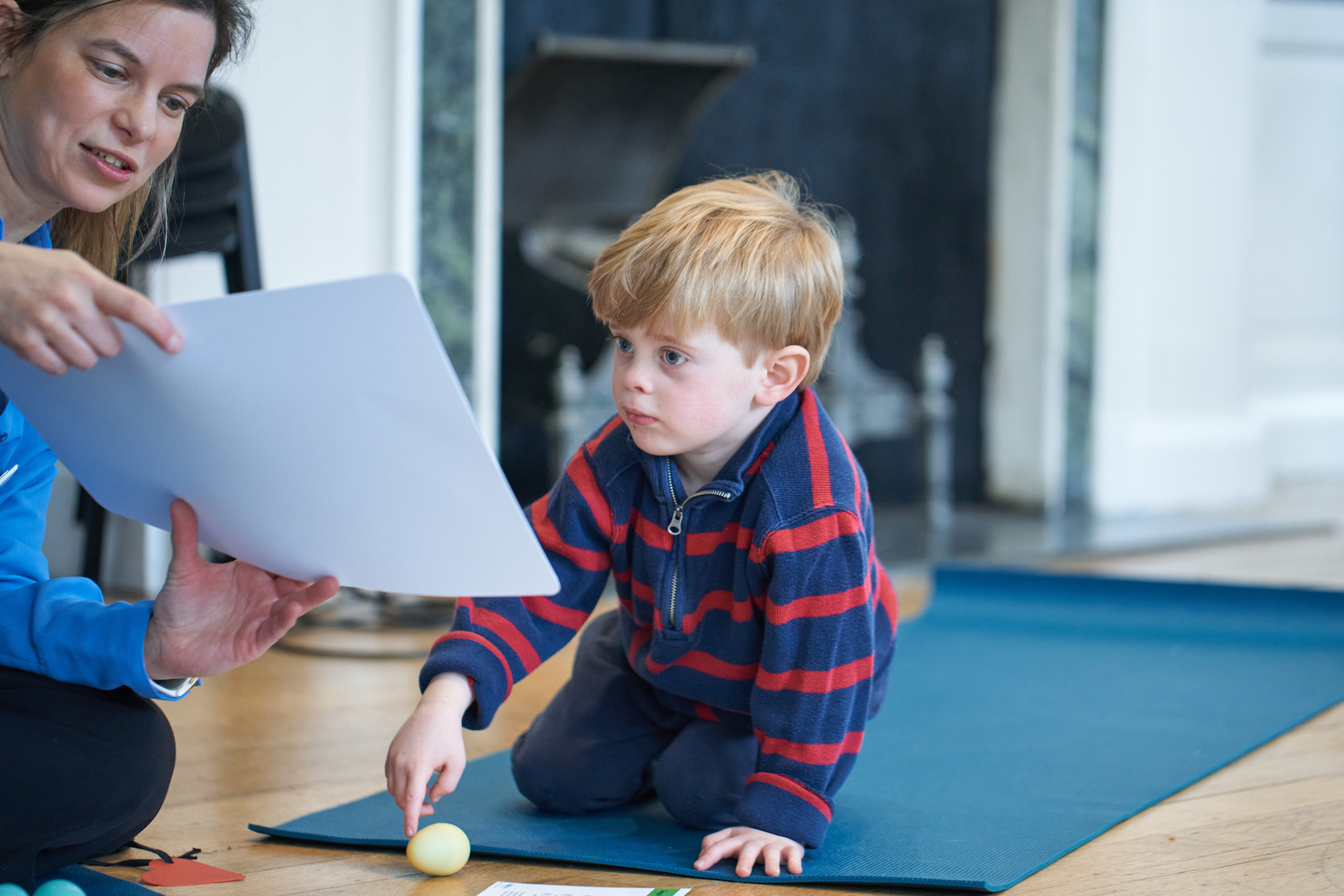
The teaching puts an emphasis on creativity and enjoyment. It does not enforce practice, and instead aims to create an environment that encourages children to want to learn and play independently. Most importantly, it puts musicianship first, giving children the tools they need to develop a love of music from an early age.
The Kodaly method is an approach to music education developed in Hungary during the mid-twentieth century by Zoltan Kodaly. In 2016, the method was inscribed as a UNESCO Intangible Cultural Heritage. Studies have shown that the Kodály method improves intonation, rhythm skills, music literacy, and the ability to sing in increasingly complex parts. Outside of music, it has been shown to improve perceptual functioning, concept formation, motor skills, and performance in other academic areas such as reading and maths.
Developed in the early 20th century by Swiss musician and educator Émile Jaques-Dalcroze, Eurhythmics teaches concepts of rhythm, structure, and musical expression using movement. Eurhythmics focuses on allowing the student to gain physical awareness and experience of music through training that takes place through all of the senses, particularly kinaesthetic.

